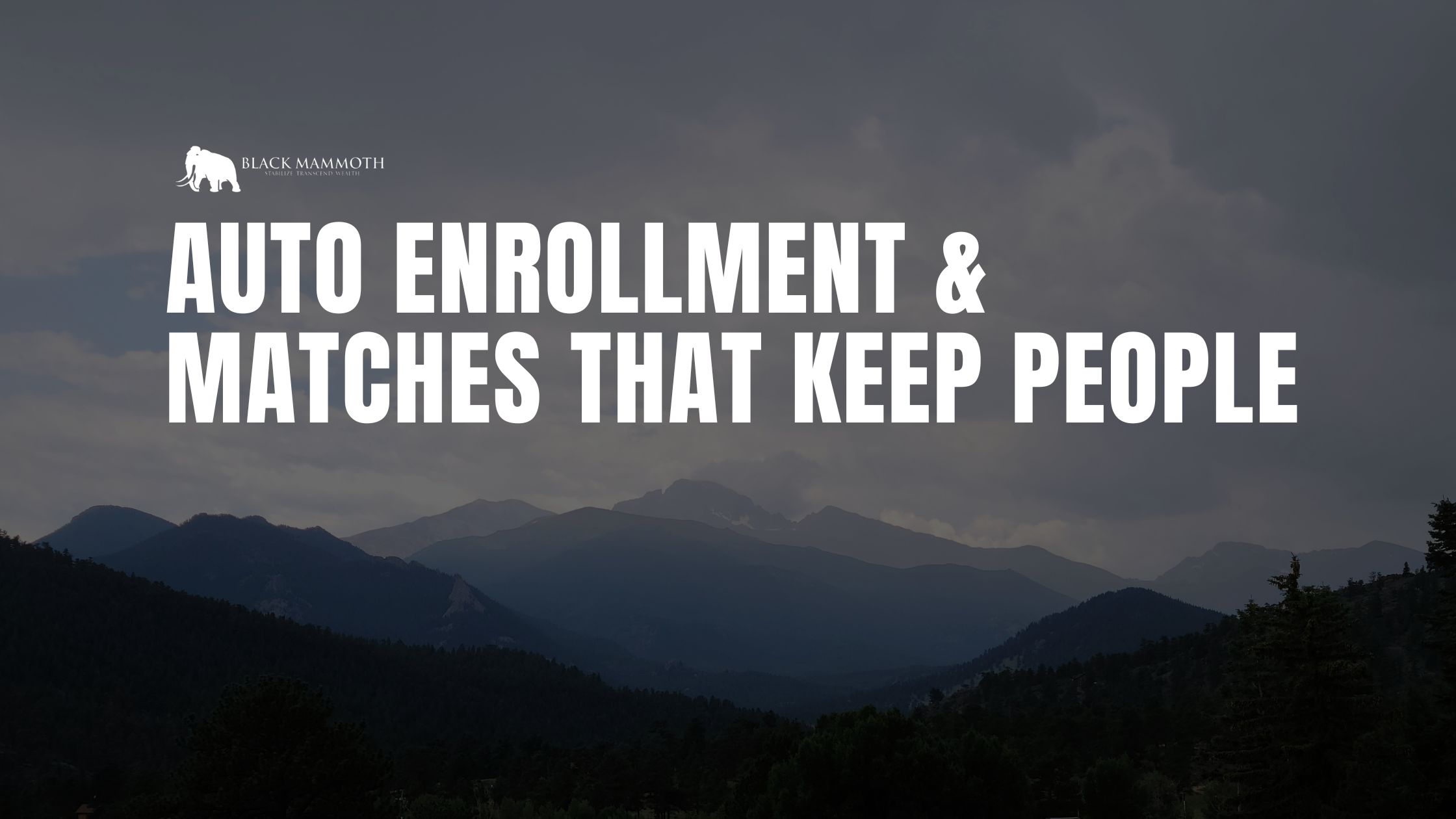Auto Enrollment & Matches That Keep People
You and I both know the problem isn’t “having a plan.” It’s getting people in the plan, keeping them there, and doing it without torching your budget. That’s where two levers do most of the heavy lifting: automatic enrollment and a smart employer match.
In this no-fluff guide, I’ll show you: the auto-features SECURE 2.0 expects, default settings that drive real participation, match formulas that boost savings without blowing cost, and a clean rollout you can run in a month. I’ll also flag key tax credits and links so you can verify every claim and hand this to your payroll vendor with confidence.
Why automatic beats “optional” (by a mile)
When you auto-enroll people, participation jumps and stays high across income levels. Vanguard’s latest data shows 94% participation in auto-enroll plans versus 67% in voluntary “raise your hand” plans; total saving (employee + employer) also runs higher (≈12.3% vs. 7.4%).
That’s not just optics. It’s retention. Employees notice when you make the best choice the easy choice—and they stick around to keep their match.
What SECURE 2.0 requires (and what it doesn’t)
The mandate. New 401(k)/403(b) plans established after Dec 29, 2022 generally must include automatic enrollment starting with the 2025 plan year. Default deferrals must be 3%–10% with automatic escalation +1%/yr to at least 10% (max 15%). Plans must also include a 90-day permissible withdrawal window (EACA-style) so new enrollees can unwind early contributions. Small employers with 10 or fewer employees and new businesses <3 years old are exempt.
The 90-day “oops” button. If you adopt an EACA, employees can pull out their auto contributions (with earnings) within 30–90 days from the first default contribution—no 10% early withdrawal penalty applies. Useful safety valve for new hires who panic after their first paycheck.
Long-term part-time (LTPT) access. Starting 2025, LTPT employees (≥ age 21 with 500+ hours in each of two consecutive years) must be allowed to defer. If you have part-timers, plan your eligibility and communications now.
Defaults that actually work (and don’t backfire)
Here’s a practical default stack I’ve implemented for small teams that want results without surprises:
Default deferral: 6% of pay (not 3%). Why? Sponsors are increasingly defaulting ≥4%, and higher defaults don’t spike opt-outs when you pair them with the 90-day window.
Auto-escalation: +1%/yr up to 10%–15% (stop at 10% if you want to keep it simple).
QDIA: Target-date fund series that meets DOL QDIA rules. (Diversified, professionally managed, easy to explain.)
Annual “re-enrollment” sweep: Once a year, re-enroll nonparticipants at the default and redirect “do-it-yourself” investors into the QDIA unless they opt out—opt-out rates are typically low, and outcomes improve.
These settings line up with the new rules, align with how people actually behave, and—importantly—make budgeting predictable.
Match formulas that keep people (without overspending)
Let’s talk cost control and motivation. You’ve got three levers: how rich, how it vests, and how it’s structured.
1) Classic, QACA, or nonelective (safe harbor)
A safe harbor design avoids ADP/ACP testing headaches (and often top-heavy issues). You can get there via match or nonelective. Two popular versions:
Traditional safe harbor match: e.g., 100% of first 3% + 50% of next 2% (max 4%). Immediate vesting.
QACA safe harbor: Auto-enroll + auto-escalate with a required match of 100% of first 1% + 50% of next 5% (max 3.5%) or a 3% nonelective. Vesting can be a 2-year cliff—a quiet retention tool.
Why QACA? It marries auto-features with a slightly cheaper match and gives you up to 2 years of cliff vesting on the employer money. If someone leaves at month 14, unvested match forfeitures can help offset plan costs.
2) The “stretch” match (same cost, better saving)
Instead of 100% up to 3% (which trains people to stop at 3%), stretch it to 50% up to 6% (still costs ~3% if folks take the full match) or even 25% up to 12% (still 3%, but nudges higher savings). Stretching can raise deferrals without raising employer cost.
Academic work is mixed on how much match rates move behavior, but having a match does raise participation, and stretching ties your dollars to healthier employee deferrals. Pair it with auto-escalation for best effect.
3) Year-end “true-up” so employees don’t get shorted
If you match per-paycheck, someone who front-loads deferrals may miss some match later in the year. A true-up makes them whole at year-end and avoids “I lost match because I saved early” resentment. Budget-friendly and employee-friendly.
“What will this cost me?” (quick math you can run)
Pick your target employer cost. For many small plans, 2%–4% of payroll is the sweet spot.
Choose the structure:
Cheapest safe harbor with retention power: QACA match (max 3.5%) with 2-year cliff vesting.
Simpler but richer: Traditional safe harbor match (4%), immediate vesting.
Flat fairness and zero employee hurdles: 3% nonelective (everyone gets it, great for top-heavy relief), but no “nudge” to save more.
Use stretch if you want higher savings at the same budget. 3% cost either way; the stretch formula encourages 6–12% employee deferrals.
Pro tip: Model participation at your current rate and at an auto-enroll scenario (e.g., 90%+) to understand match exposure. The Vanguard benchmarks above give you a realistic range to plug in.
Tax credits that help pay for all of this
Startup cost credit: Up to $5,000 per year for three years for plan set-up/admin. (SEP, SIMPLE, or qualified plans like 401(k).) Use Form 8881.
Employer contribution credit: For very small employers, an additional credit on employer contributions (section 45E) can apply in the early years. Check Form 8881 instructions for who qualifies and how to calculate.
Auto-enrollment credit: $500 per year for 3 years when you add an EACA/QACA feature—new or existing plans. Again, Form 8881 Part II.
Stack these credits with a QACA design and you’ll often cover a big chunk of year-one costs.
2025 limits you should know (for communications)
401(k)/403(b) elective deferral limit: $23,500 (standard).
Age-50+ catch-up: $7,500 (standard); a special 60–63 “super catch-up” of $11,250 applies in 2025 if your plan adopts it.
(Always confirm with your recordkeeper; cite IRS notices in your employee materials.)
Student loan match: a retention gem
SECURE 2.0 lets you match qualified student loan payments as if they were 401(k) deferrals. That means employees paying loans can still capture the employer match and start building retirement balances—huge goodwill and retention upside for younger staff. The rule is live for plan years beginning after 12/31/2023; IRS guidance explains how to administer it.
How to use it: Pair your normal match formula with a student-loan match option (same rate, same vesting). Communicate it hard during onboarding.
Sidecar emergency savings reduces leakage
You can add a pension-linked emergency savings account (PLESA): Roth, up to $2,500, optional auto-enroll up to 3% of pay, with easy access. DOL/IRS released guidance in 2024 to help plan sponsors implement without abuse. If hardship withdrawals and loans are common in your workforce, a PLESA can stabilize retirement savings and morale.
Common pitfalls (and easy fixes)
Defaulting too low. A 3% default leaves people short. Go 4%–6% with escalation; opt-outs won’t spike if you keep the 90-day window.
Skipping safe harbor. If your HCEs get refunds every year, you’re paying twice—in frustration and admin. Safe harbor (traditional or QACA) avoids ADP/ACP testing and can relieve top-heavy issues.
No true-up. Per-paycheck matching can accidentally penalize high savers. Add a true-up to win trust.
Forgetting LTPT workers. The two-year/500-hour rule is live in 2025; update eligibility and systems now.
Under-using credits. The $5k startup and $500 auto-enroll credits exist to fund this move—claim them.
Resources you can use today
Automatic enrollment—IRS proposed regs & overview (defaults, escalation, 90-day withdrawals, exemptions). IRS+1
Vanguard “How America Saves 2024” (auto-enroll impact on participation and savings). Vanguard
Safe harbor & QACA mechanics (match formulas, vesting). Employee Fiduciary
Startup & auto-enroll tax credits—Form 8881. IRS+1
Student loan match—IRS Notice 2024-63 (QSLP matching). IRS
PLESA (emergency savings) FAQs—DOL. DOL
Bottom line
If you want employees to save—and stay—make the right thing automatic and the free money meaningful. Set a 6% default, auto-escalate to 10%, pick a safe harbor design (I like QACA for tiny teams), and stretch the match so your dollars drive better saving. Use the tax credits to soften the startup hit, communicate like a human, and re-enroll each year. Do that, and your plan becomes a reason people join and a reason they don’t leave.

